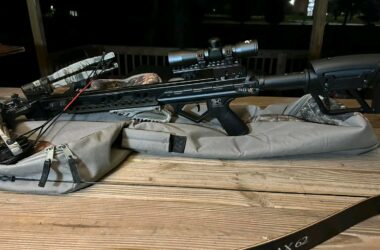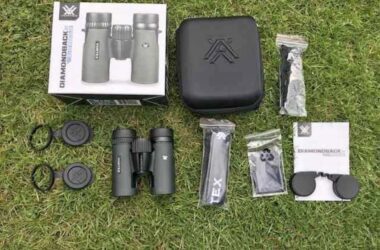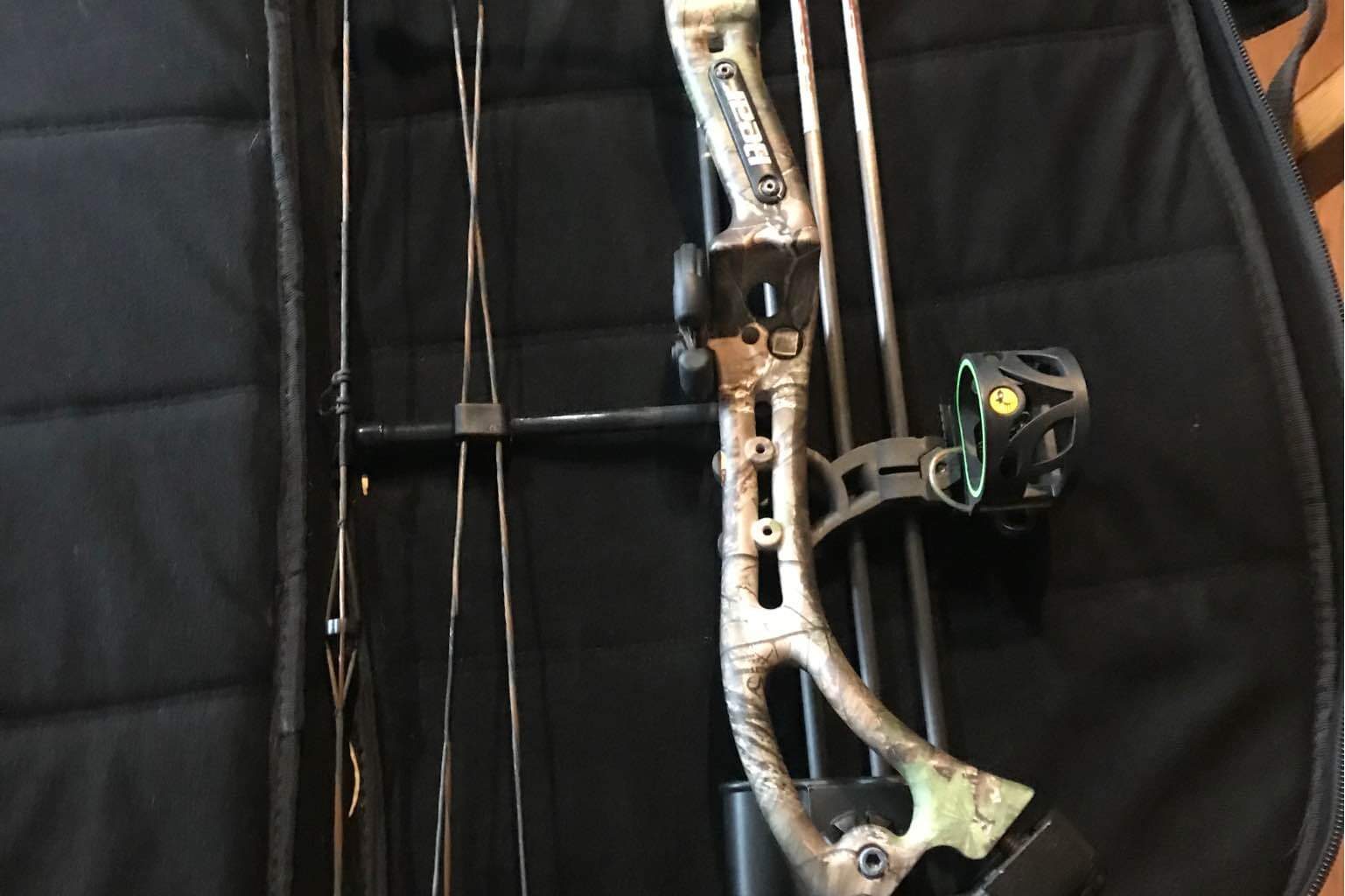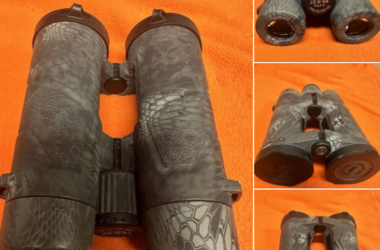In the quiet sprawl of early morning, among the rustling of leaves and the crisp, outdoor air, there’s nothing quite like the bond between a hunter and their bow. As I lace up my boots and head out into the wilderness, the ritual of preparing my bow is as familiar as the hunt itself. It’s not just about how you use your bow, but how you carry it that can make all the difference when you’re trudging through underbrush or scaling ridges—always ready, always at ease.
Over the years, I’ve come to appreciate the balance of convenience and effectiveness in carrying my bow on my back. Like many of you, I’ve experienced the trials and the errors, which have taught me a set of principles for carrying a bow like a true pro. Allow me to share these insights with you.
The Ideal Bow Match: Height Matters
When selecting your recurve, make sure its height mirrors your own. This isn’t vanity; it’s practicality. A bow that’s too long becomes cumbersome and prone to snagging on branches, while a bow that’s too short won’t rest comfortably against your frame. Measure from your chest to your fingertips, add that extra inch, and find a bow that matches this length—your back (and your hunt) will thank you for it.
The Sling Method: Freehand Readiness
The best bow release comes when your hands are unburdened. A sling is essential—it’s the link between you and your bow that grants freedom of movement. Wrapped over a shoulder, across the chest, your bow is always within reach. When action calls, smoothly transition your bow to the forefront with swift ease, thanks to the convenience of your trusty sling.
Checking Stability
There’s nothing more jarring than a shifting bow as you’re navigating the landscape. Ensure that your bow rides securely on your back, not wobbling with each step you take. Test the stability; your bow should move as you do—graceful, precise, and ready for whatever comes your way.
The Angle of Carriage: Safety in Alignment
Angle your bow just right to avoid any unnecessary close encounters with your neck and head. Using a shoulder sling can help maintain this preferred position. Safety, after all, comes first, even before the shot.
On-the-Move Vigilance: The Path Less Obstructed
Be wary of the world around you—forests are filled with silent adversaries like low-hanging branches and thorny shrubs. By carrying your bow at the right angle, you can deftly avoid these obstacles and protect both your equipment and yourself.
Cushioning Interference: Gentle on Gear
Sometimes a bow rubs you the wrong way, quite literally. To prevent wear on your gear (and your clothing), consider a layer of protection. Cotton towels or a soft cloth can act as a buffer, ensuring a comfortable journey for both hunter and bow.
Pros & Cons of Backpack Bow Carrying
Pros
- Hands-free convenience
- Easy access to your bow
- Frees up space for other essential gear
Cons
- Potential for damage or entanglement
- Risk of injury if not carried correctly
Selecting the Right Pack System
Whether you opt for a traditional sling or a more advanced bow rack system, your choice should align with your specific needs. Do you prioritize speed or stability? Will you be venturing far from basecamp? Consider these points, along with the cost and compatibility of the pack system, to determine the best fit for your hunting style.
Closing Thoughts
As hunters, we understand the power of preparation. Carrying a bow on your back efficiently isn’t just a skill—it’s a craft honed by practice and patience. So, take these tips and make them your own. With time and experience, your back will become a natural extension of your armory, as instinctual as drawing an arrow and releasing it into the quiet thralls of dawn.
FAQs
What is the most convenient way to carry a bow while hunting?
The most convenient way is using a bow sling or a bow rack system attached to your hunting pack, allowing for hands-free carrying and easy accessibility.
How can I ensure my bow is secure on my back?
Test the stability before setting out on your hunt. It should be snug against your back and not sway when you move.
Is it possible to quickly transition from carrying to shooting?
Yes, with practice, transitioning your bow from carrying to shooting position can be executed swiftly and safely.
What should I do to protect my bow while carrying it?
Use padding between the bow and your back, such as a cotton towel or soft cloth, to prevent wear and provide cushioning.
May these tips lead you to a hunting experience that is not only successful but executed with the poise of a seasoned archer. Happy hunting, my friends.






